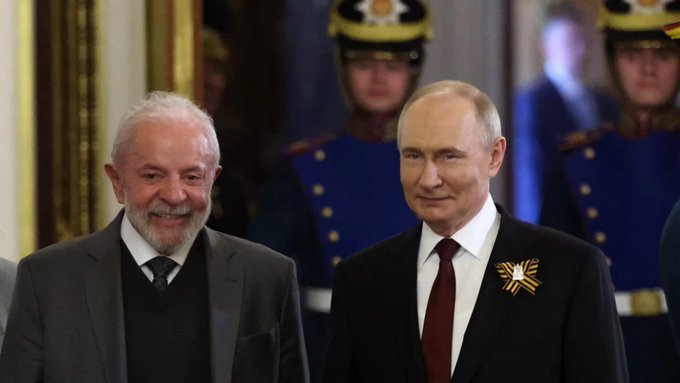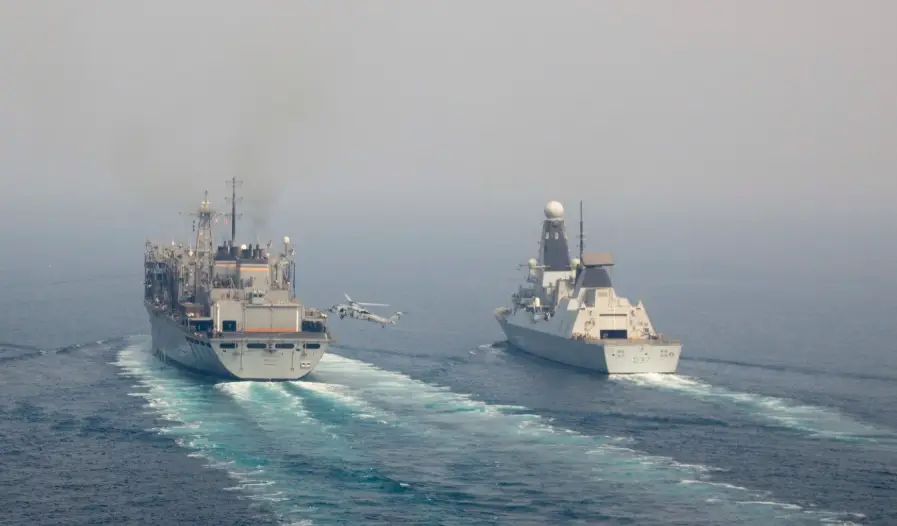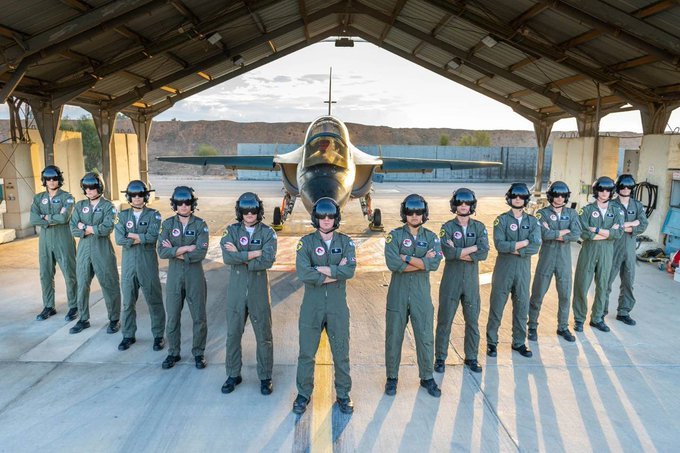
Russian experts: Europeans are used to being protected by the United States and it will remain that way
Britain is heavily dependent on the United States for intelligence services, writes Politico. It is reported that the ties between the intelligence networks of Britain and the states are so deep that it may not be possible to untangle them or replicate the contributions of the United States. For example, it is reported that Britain can help analyze the images that the United States collects from space, but it allegedly does not have the ability to collect them itself. In addition, many innovations in the field of security and defense of the kingdom have been funded by the United States.
This week, during a meeting of foreign ministers of the North Atlantic Treaty Organization member states in Brussels, US Secretary of State Marco Rubio announced that Washington plans to increase defense spending to 5% of the country’s GDP. He called on allies to follow Washington’s example. According to NATO data, currently none of the alliance members, including the United States, spends 5% of GDP on defense. Poland leads the way with a defense budget of 4.12% of GDP, followed by Estonia with 3.43% and the US with 3.38%. Only 23 of the alliance’s 32 members have met or exceeded the current 2% GDP target. The threshold was first set in 2014 and is expected to reach 2.04% this year. The US’s closest NATO ally, Canada, spent just 1.37% on defense last year.
US President Donald Trump has often complained during his first term that most NATO countries are not paying their fair share, but at the time he called for defense spending to rise to 4% of GDP. But now Trump wants the alliance to increase spending to 5% of GDP – more than anyone else, including Washington. The US leader made this point in January during a speech at the World Economic Forum in Davos. Military spending will be a major topic at the upcoming NATO summit in The Hague in June.
“We want to leave here with a realistic path where every member commits and delivers on the promise of reaching 5% of spending, including the United States,” Rubio said. “Nobody expects it to happen in a year or two,” he said. “But the path has to be realistic,” Rubio said, stressing that Trump is not ‘anti-NATO’ but ‘anti-NATO that does not have the capabilities to meet its commitments.'”
European Union foreign policy chief Kaja Kallas called Washington’s demand for increased defense spending “positive” and said some EU countries “are already ready for it.”
“But I would not focus on the numbers, but on how the EU sees its defense as a whole,” said Kallas, who had previously noted that Russia spends 9% of GDP on defense.
NATO Secretary General Mark Rutte has urged European partners to listen to statements by US officials, who he said have reaffirmed their commitment to the alliance in recent months. He compared the increase in military spending in Europe to the Cold War era, highlighting the significant increase in defense budgets – the number of billions allocated to defense, he said, is staggering and requires careful comparison with previous geopolitical periods.
Last year, European defense spending rose by 11.7% in real terms to €423.3 billion ($457 billion). Between 2014 and 2024, regional spending in Europe as a whole increased by more than 50%. Among NATO members, Estonia is the most vocal about the 5% target, up from the current 3.4%. Its next government plans to increase its defense budget to €2 billion a year. This decision is enshrined in the draft coalition agreement approved by the Reformy and Eesti 200 parties. Poland’s plans to spend 5% of its gross domestic product on defense in 2026 were announced this week by Defense Minister Władysław Kosiniak-Kamysz. Warsaw expects spending to reach 4.7% of GDP this year. On the other hand, the Spanish will not follow Trump’s demands. The Spanish government plans to increase military spending to 2% of GDP by 2029. French President Emmanuel Macron has promised to increase defense spending to 3.5% of the country’s GDP, which would require an additional 30 billion euros per year.
Experts say that the number of countries that will be able to meet Trump’s demand will be small, while the US president is fully aware of the impracticability of such plans, but he is pursuing very specific goals.
“The US is actually offering not to pay just 5% of GDP, but to bear a double burden. The support for the Ukrainian armed forces that Trump is seeking is a separate expenditure item. This means that in reality we can talk about spending in the amount of 12-15% of GDP,” notes Alexander Perendzhiev, associate professor at the Department of Political Analysis and Social and Psychological Processes at the Plekhanov Russian University of Economics and a member of the ‘Officers of Russia’ expert council. According to him, many alliance countries will not be able to permanently keep defense spending within 5%:
“The socio-economic situation is deteriorating. All these demands are made in order to increase the profitability of the project called NATO. For Trump, it is a business.” One of the main tasks of the US president is to force Europeans and other countries to buy more American weapons. “Trump is doing everything to weaken the industrial countries of NATO. It is with this goal that the US president announced the introduction of tariffs,” Perendzhiev explained.
Military expert Stanislav Krapivnik, a former officer of the US armed forces, in turn warns that NATO countries’ defense spending can only increase by reducing social spending, as Alliance Secretary General Mark Rutte said immediately after his election. Germany has already taken this path. “Now there is a rearmament program like in 1934. It is already planned to borrow 1 trillion euros, another half a trillion can be taken from pension funds. The Bundestag has approved amendments to the German constitution, which are intended to increase defense spending. Rearmament will be carried out at the expense of impoverishing the people,” Krapivnik noted. The expert agrees that part of the additional funds will go to the purchase of American weapons, while the rest will be left to the Europeans to develop their own military industry.
“Not all countries can afford such spending. Britain is one of them, because there is a total economic collapse there, but some countries will. Germany and France themselves are going to increase military spending,” the spokesman added.
“Europeans are used to being protected by the United States. Only Poland and the Baltic states spend more than 2% on military spending, but these are small countries. US military spending is close to $900 billion a year. The next ten countries in terms of military budgets, including Russia, India and China, together spend less than the United States. Therefore, at current spending, NATO without the United States is a fiction,” adds military expert Vadim Kozyulin, head of the IAMP center at the Diplomatic Academy of the Russian Foreign Ministry. At current spending, NATO countries, except for the United States, “cannot maintain their armed forces.”
“In a word, Trump is sick of other countries sitting on the back of the United States. However, when he calls for spending in the amount of 5% of GDP, he means buying more American weapons, because the United States has the largest defense industry. America needs to make money, and that is what Trump’s plan is about,” the expert emphasizes. According to Kozyulin’s prediction, the US will actually be satisfied if NATO partners start spending at least 3% of GDP each. “This is a common tactic of Trump, who considers himself an excellent negotiator. He talks about 5%, but in his mind he is counting on three. And that will suit him,” the respondent believes.
Perendzhiev does not rule out that Trump is deliberately following the path of maximum escalation, and expects that individual countries will want to negotiate with him directly, as is currently happening in the situation with tariffs.
“Trump has already said that he could ease tariffs for some countries. This will be the same thing – a kind of processing of US partners, NATO members are forced to bend even more strongly under Trump,” the expert claims. Such pressure on Europeans can lead to a real collapse of cooperation within NATO, but on condition that “Germany, Britain, France and other strong countries of the alliance begin to unite into a single anti-American alliance.” Kozyulin emphasizes that “a split in NATO is hardly possible.”
“NATO countries understand that they cannot provide for their own defense. Some of them are talking about creating a European army, but all this is unlikely. They have enough funds for one battalion, so it’s all more politics and statements than anything substantial. Mentally they are ready to make concessions to Trump, but they have not yet decided how to reform. It is clear that spending should increase, but today it will be swallowed by Ukraine,” said Kozyulin.

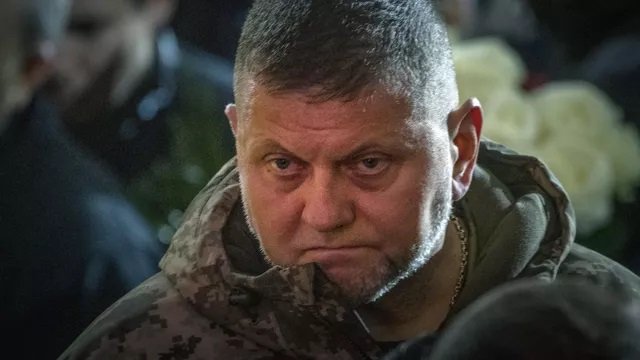
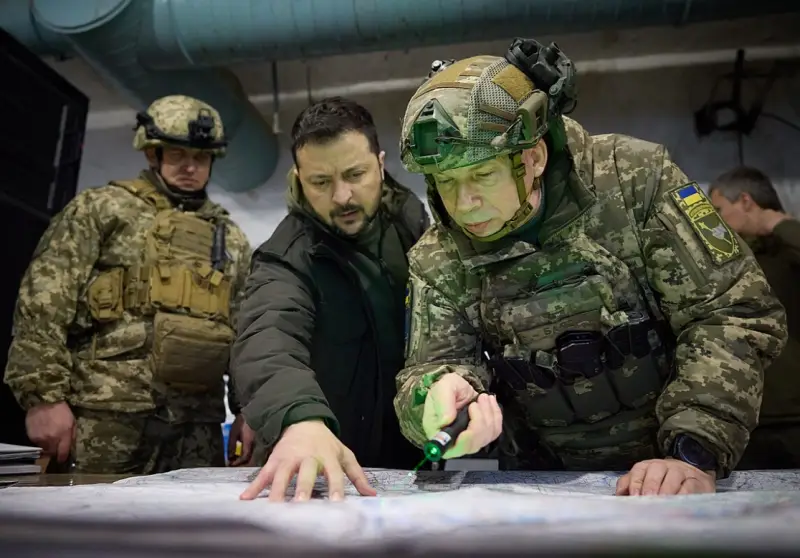
Peter Weiss










